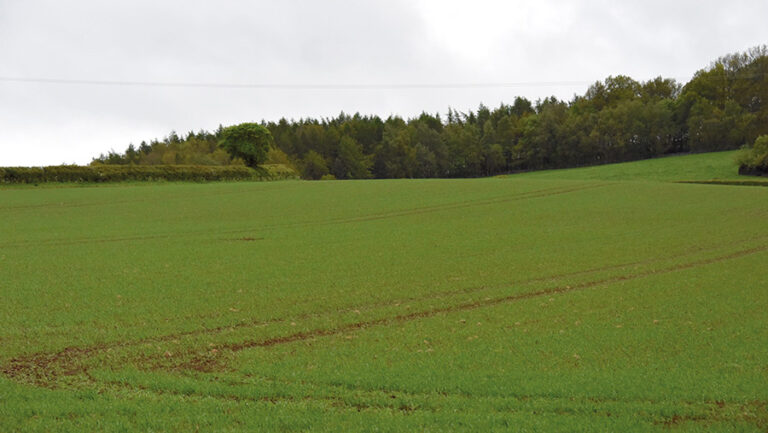New evidence shows that hundreds of farmers, contractors and agronomists have identified brome as a prominent threat in the ongoing fight against grassweeds across British arable fields.
The weed, identifiable through hair length on the main stem and spikelet length, was reported to be present by 80% of respondents to a Corteva Agriscience survey. They estimated it infected up to 25% of their 2023 winter wheat, with a small amount reporting that almost 50% was hit.
See also: Suffolk Farming Conference looks at how to thrive
The research is looking to curb the spread through cultural control techniques like rotational planning, delayed drilling and ploughing. Cereal herbicides category manager Alister McRobbie spoke on how the work was helping them understand how widespread brome issues are.
“Blackgrass is usually the grassweed which gets the most attention for understandable reasons,” he said. “But brome has a similar potential to steal yield, so can’t be ignored.”
A common issue arises from trying to identify what species of brome are growing, with the most commonly reported being sterile (with a virtually hairless stem and spikelets of 40 to 60mm), then meadow, soft, rye and great brome.
Due to results showing reduced sensitivity to ALS inhibitor herbicides, the survey saw 68% of respondents recommending the Broadway Star herbicide, which Alister McRobbie said offers good control against all brome varieties.
“It is also effective against a wide range of broad-leaved weeds,” he commented. “Used in conjunction with a residual herbicide programme, it provides robust control going into the key period of the growing season.”
Corteva urges a programmed approach is taken to help tackle the weed, using a pre-emergence application of products including flufenacet, pendimethalin, tri-allate or DFF, followed by a contact spray alongside cultural controls.
“For best results, always include a recommended adjuvant and always target weeds when they are small and actively growing, and don’t spray when it is cold as efficacy will be reduced,” he said.
Alister added that farmers should be aware that 2024 will be a busy time for wheat growers and that it’s best to be prepared with reliable and effective weed control applications.
Best practice for the removal of brome can be found on the Corteva website here.


